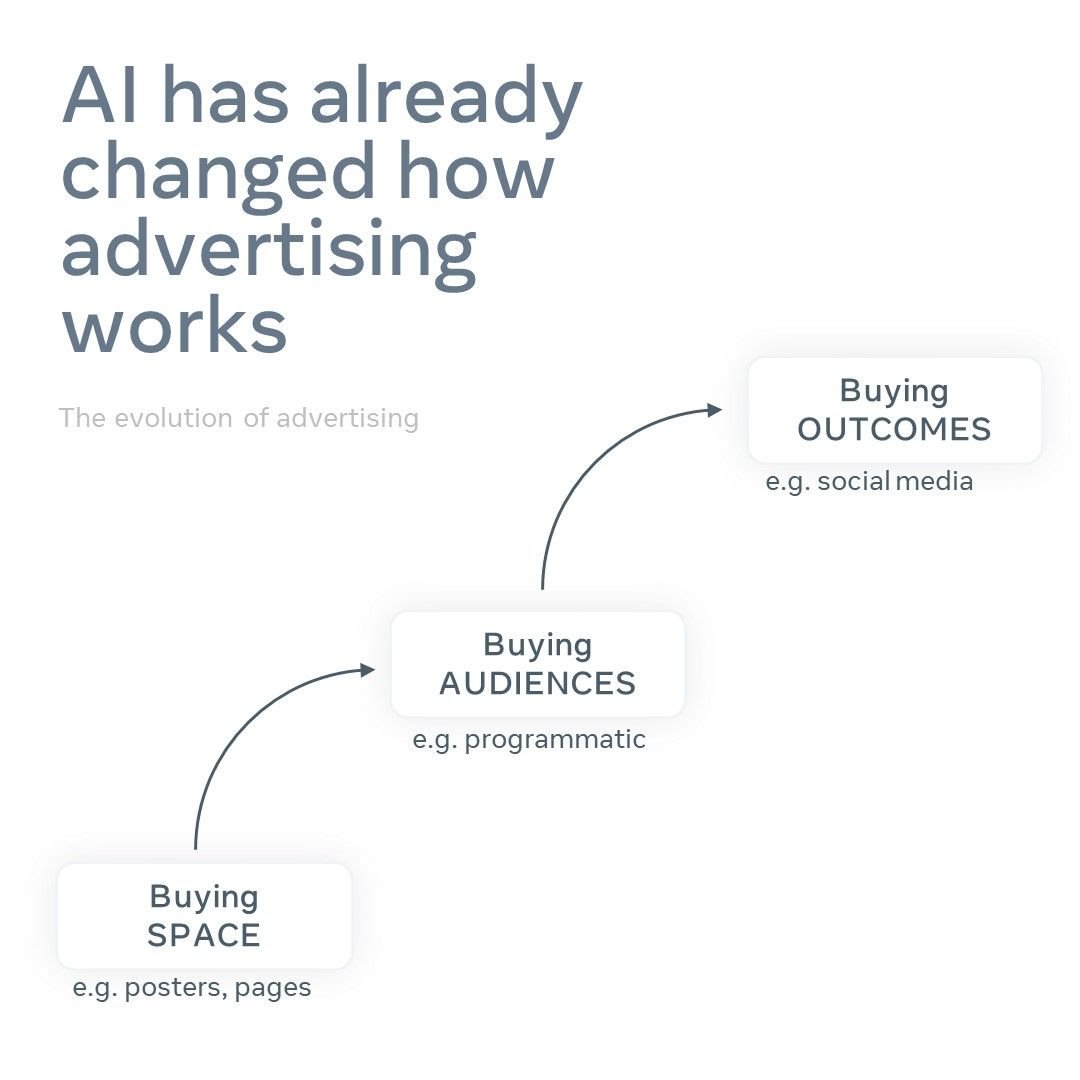I’ve a big believer that to understand a new technology you really need to use it. I’m making time to trial new AI tools to get a better sense of how they work and how they might benefit marketers. Next up, AI video generation for business (HeyGen).
Fixing the Internet
Is the Internet broken? If so, can it be fixed? This question is gaining traction, fueled by X / Twitter becoming a hellscape. Some writers point to the adoption of an advertising over subscription model as the original sin, and others point to dark patterns from online advertising as the main culprit. But maybe the Internet is irreparably broken because it is impossible to moderate social media (where we spend the majority of our time). This quote from Yoel Roth gave me pause as he framed this as a people problem, not a technology one:
“Humans were never meant to exist in a society that contains 2 billion individuals, and if you consider that Instagram is a society in some twisted definition, we have tasked a company with governing a society bigger than any that has ever existed in the course of human history. Of course, they’re going to fail.”
This MIT article zags by arguing that the solution is MORE Internet – specifically new, smaller, distributed spaces. But maybe we need to go back to an older model: Substack is promising to bring blogging back! I realize this goes against the current of small, algorithmically-fed video stories – but maybe that’s the point.
Fixing Media & Advertising
The WFA released survey results on the future of media agency models, and it ain’t pretty:
11% of respondents believe their current agency model fits their future needs, while 24% believe it is unfit for future purpose.
92% of respondents believe that speed and agility are important, but just 31% are satisfied with how their agency delivers in this area.
The 800-pound gorilla on the media agency horizon is AI, and how it might replace planning and buying. The challenge for agencies is to determine what repetitive work can be done more efficiently with AI, to focus more on strategic council and innovation opportunities. I really like this framing from Peter Buckley of the promise of AI (guided by an excellent media team, of course) and how we are moving toward buying Outcomes (vs. Space or Audiences).
Speaking of framing, it’s always interesting to see how platforms / publishers position themselves to advertisers. Pinterest is now pitching itself as a full-funnel platform with a clever differentiator given where we are with social media toxicity in 2023: “There’s no confrontation, news or drama. Pinterest is about ideas – not opinions.” Meta and Google are both heavily promoting their new generative AI tools.
Fresh Decks & Research
2024 Media Trends (Dentsu): 10 trends / predictions on where media is heading (AI, of course included) and the implications for brands. Worth a download.
Marketing in the Messy Middle (Google): Great research on how consumer decision-making is changing, and the implications on your search strategy. Very relevant for high-involvement purchase categories.
The Consumer-Marketer Disconnect (iHeartMedia / Pushkin): A study that serves as a great reminder of how different marketers are compared to the customers they’re trying to reach.
Unlocking Personalization (Level5): Canadian(!) research and perspective on the importance of personalization, and where consumers expect it along their shopping journey.
CreativeX Quality Score: Analyzes digital creative based on a set of attributes, and quantifies the negative impact of shitty ads. A good refresher of digital creative guidelines.
Smart Reads
Research vs Making Culture: Matt Klein from Reddit argues that brands should take a more active role in engaging with communities to help support and actively shape culture vs. passively study it.
What makes the perfect creative brief?: Ian Leslie with some smart thinking (and a fantastic Aretha Franklin reference) on what makes a great brief, and how you can use them to guide your own work and career.
Unbundling AI (Ben Evans): Smart read (as always) on ChatGPT being a black box / blank slate, and the need for new, single-use case products / interfaces to drive adoption and utility for people.
10 rules of IP brands: Ana Andjelic with smart framing of how IP-driven brands grow; “Their creative model is entertainment and customer management is fandom.”
Cool Beans
Nike Virtual-To-IRL Shoes: Very cool-beans case of Nike rewarding members of its .SWOOSH community who own a Nike Our Force 1 NFT with an opportunity to buy an exclusive physical sneaker.
Meta Glassholes: Very not-so-cool-beans case of people walking around public spaces with wearing Meta AR Goggles and recording / sharing their experiences. Want a first-person view of getting slapped?
Nerfball: Who needs to sponsor a sport when you create your own? Hasbro has launched ‘Nerfball’ and is using college athletes to attract young audiences to it. Pro-tip: soak that nerf football and you can throw it a mile (or hit someone in the back and leave a water mark).
Rewind Pendant: A wearable that captures what you say and hear in the real world, then transcribes and stores it on your phone. The first promoted use case is “Forget what your spouse just asked you to pick up at the grocery store?” I’m intrigued…



